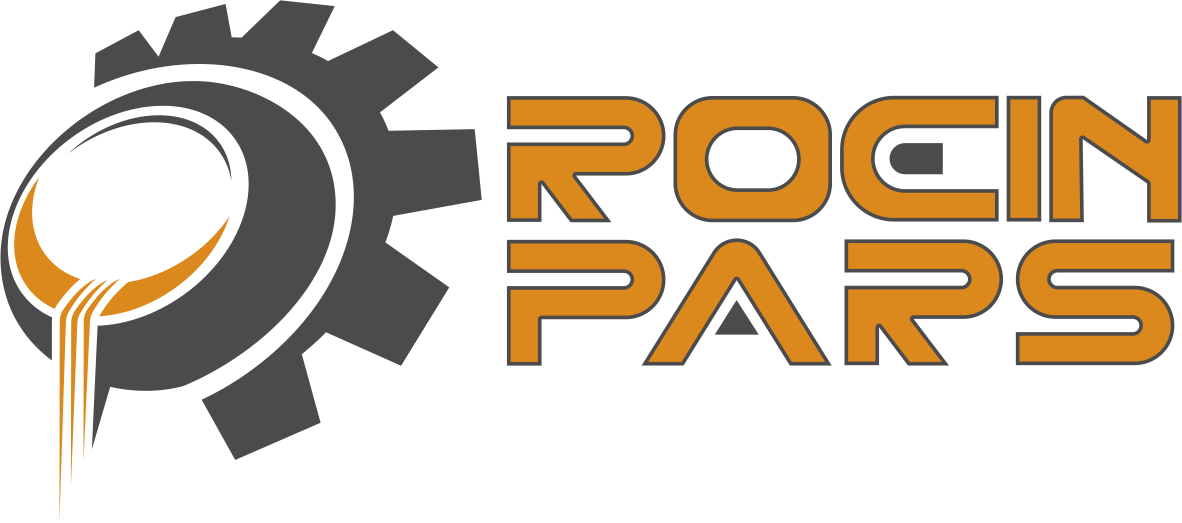Zinc is one of the chemical elements known by the symbol Zn, which has atomic number 30 and mass number 65. Zinc is a bluish-white metal that darkens due to humidity and produces a glossy green color during combustion. Pure zinc is very soft and brittle at normal temperatures and breaks easily with a hammer. Also, this material is not rollable. Zinc is found mostly in sulfur in nature. Zinc is the fourth most widely used metal in the world and is the fourth most used metal in the world after iron, aluminum and copper. It is also the twenty-fourth most abundant element in the earth’s crust and is used in the manufacture of various alloys. He mentioned various alloys including brass and galvanized steel. applications Among the important cases of using this metal in various industries, the following can be mentioned Galvanization Brass and bronze alloys Batteries Chemical uses Construction Transportation General Engineering Consumer and electrical goods Zinc is used to plaster metals to prevent them from rusting. Zinc is used in alloys such as brass, Warsaw, typewriter metal, various solder formulas, and so on. Zinc is widely used in the automotive industry in pressure casting. Used on the tube as part of the contents of the batteries. Zinc metal is used for galvanizing iron and steel products and prevents corrosion of steel. Zinc is used in the manufacture of tableware / military industries / automotive / shipbuilding / batteries and in the production of brass alloys. Rice has many and wide applications due to its high strength and resistance to rust and corrosion. Because brass alloy is highly resistant to rust and corrosion, it can be used in many industries. Zinc metal is also used to produce its pure derivatives such as zinc oxide / zinc chloride / zinc carbonate / zinc nitrate and zinc sulfate. Zinc metal properties Plasticity electrochemical Low melting point Corrosion resistance Fluidity Strength Alloy properties Method of production of zinc metal To produce zinc metal, the mineral soil is first ground and ground, and if it has lead with it, it is transferred to the flotation unit to separate the lead. Sulfur soils are also oxidized after transfer to the furnace and can be used. After soil preparation, the concentrates obtained in steel tanks are leached by sulfuric acid and water. Iron sulfate and aluminum sulfate are used to precipitate with halogens such as chlorine and fluorine to prevent adhesion at the cathodes. Zinc in the soil is dissolved by liping and zinc sulfate is obtained. Nickel, cobalt, cadmium, iron and some other elements in the soil also dissolve with zinc, so disturbing ions must be removed before electrolysis. To remove iron and cobalt from the solution, potassium permanganate is added along with ammonium persulfate to convert divalent iron to trivalent iron. By adding hydrated lime slurry to the solution and raising the pH, iron and cobalt are oxidized and precipitated and separated from the solution.
zinc
15
Jul




